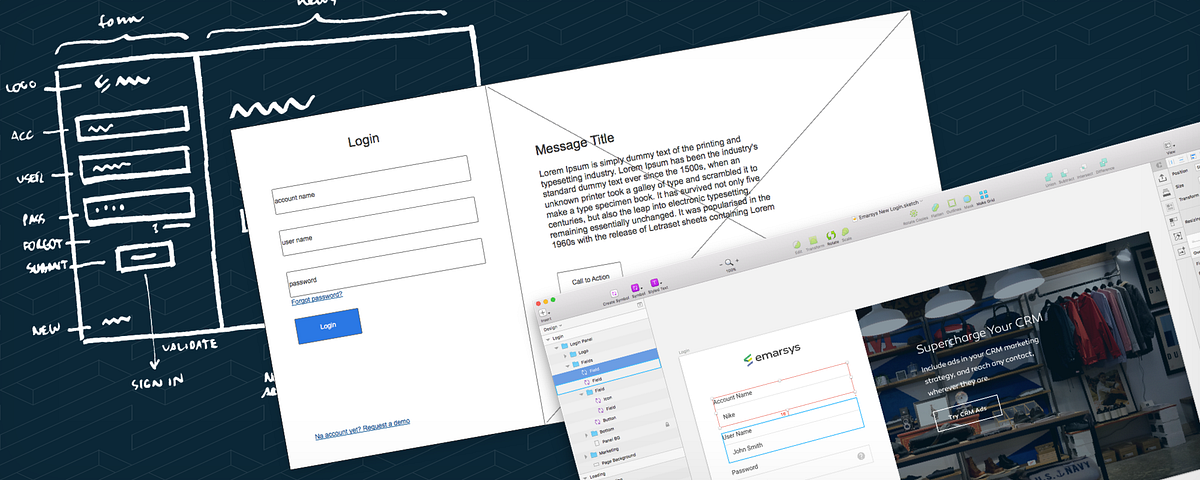Apple’s custom-built A5 chip currently powers iPad 2 and is expected to make its way into next-gen iPhone, iPod touch and Apple TV
- Lieutenant Butterfly (prototype) Mac Os 7
- Lieutenant Butterfly (prototype) Mac Os 8
- Lieutenant Butterfly (prototype) Mac Os 11
There are 50 QuickTime H264 854 X 480 files in this download. Play on MAC OS or Windows Media Player. While most content deals with the history and manufacturers of the reel to reel tape recorder, or tape deck, we cover many aspects of magnetic recording. With the inspiration of the Xerox Star, Apple launched Mac OS 1.0 and placed the Window Commands/Actions to the Left, since Xerox too had most of their primary controls on the left. However, there hasn't been a pure reason as to why where they placed on the left since no one really cared about UX back then, and it was placed in that place for.
Japanese blog Macotakara, which accurately outlined some of the iPad 2 features, in its latest story claims that an A5-powered MacBook Air with Thunderbolt I/O is being tested in Apple’s labs. The machine could be manufactured by Quanta Computer, the story has it. The article quotes a source who allegedly saw an early prototype:
Lieutenant Butterfly (prototype) Mac Os 7
According to this source who saw live A5 MacBook Air actually, this test machine performed better than expected. Though it’s not clear which Mac OS X or iOS is pre-installed on this A5 MacBook Air, iOS seems to have difficulty to use features of Thunderbolt without Finder. And even if Mac OS X is installed, developer should spend time to support A5 on Universal Binary Applications. As considering these situation, this A5 MacBook Air seems to be made just for experiment.

The rumor aligns well with a recent SemiAccuratespeculation that Apple will transition their portables lineup to custom-built chips with ARM-based processing cores. Not that Macotakara’s hit-and-miss record is anything to go by, but we have to ask ourselves what benefits – if any – the iPad 2’s A5 chip would bring to Apple’s ultra-thin notebook. Here’s the big picture…
Pictured above: a clamcase iPad case

The A5 is a low-powered piece of silicon custom-designed for mobile devices like iPad 2 where battery life is everything. It’s certainly more power efficient than a Core 2 Duo processor in your MacBook Air. In other words, an A5-powered MacBook Air should – theoretically speaking – run much longer on a single charge (on the downside, CPUs aren’t that much of a battery hog compared to backlit LCDs). The A5 would also allow for even thinner MacBook Air designs. Why? Because it combines multiple components on a single piece of silicon, including the processing and graphics cores, RAM and the memory controller. Should Apple apply some of its deal-making magic to Intel, the next iteration of the A5 processor (let’s call it A6) could marry Intel’s x86 platform to the ARM-based CPU core and Imagination-licensed graphics found in Apple’s chip. Intel could manufacture such a chip using their latest 3D-transistor technology, which is said to enable notable performance improvements without taxing battery. After all, Intel openly suggested it would welcome Apple’s custom silicon business, saying it “wouldn’t blink” if Apple approached them with an idea of doing a product that involves Intel’s architecture and Apple’s customized silicon design. Speculating further, the Apple A6 chip designed and manufactured in co-operation with Intel would take the MacBook Air to the next level of thinness and lightness. More importantly, the chip would enable the machine to seamlessly run both iPad and Mac apps natively and x86-compiled software for Windows and Linux via BootCamp.
Lieutenant Butterfly (prototype) Mac Os 8
If Apple is indeed taking this road, wouldn’t they in the greater scheme of things eventually transition Mac OS X to the ARM architecture, too? Concurrent development and maintenance of Mac OS X and iOS would be simplified as a result. With both operating systems ARM-based and running on chips that support both ARM and Intel architestures, users could theoretically be able to run universal applications that contain interface assets and logic which cater to both iOS devices (iPhones and iPads) and notebook/desktop computers. Some of the biggest players are already embracing ARM. Microsoft confirmed Windows 8 will run on both ARM and x86 architectures and graphics giant Nvidia indicated plans to create desktop-class chips that combine Nvidia’s graphics expertise with ARM-based CPU cores. Am I fantasizing? Meet us in comments…
Lieutenant Butterfly (prototype) Mac Os 11
FTC: We use income earning auto affiliate links.More.